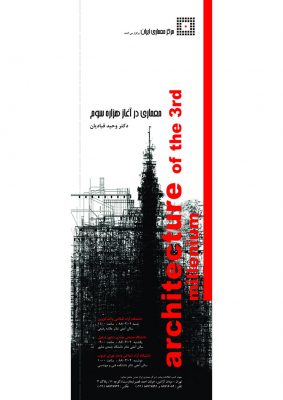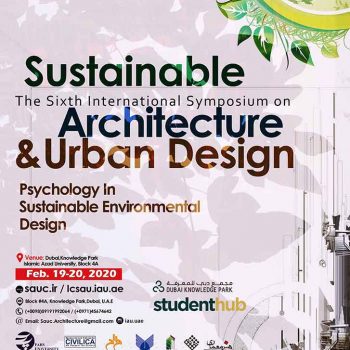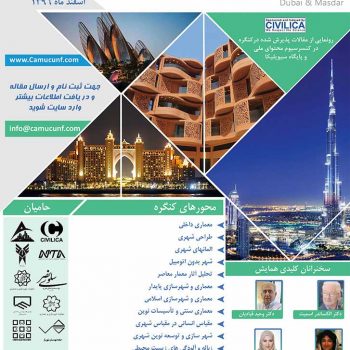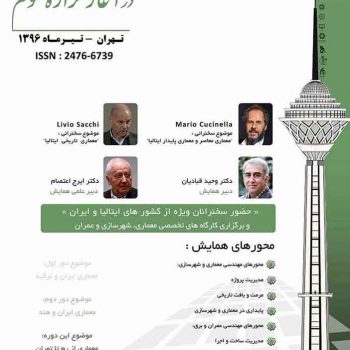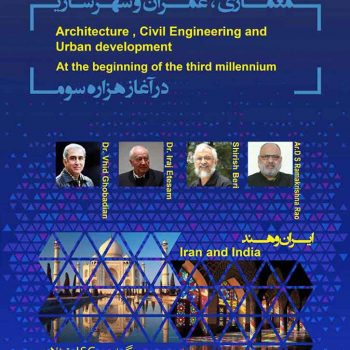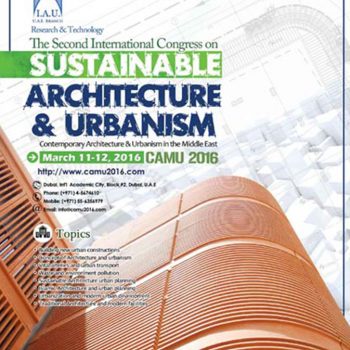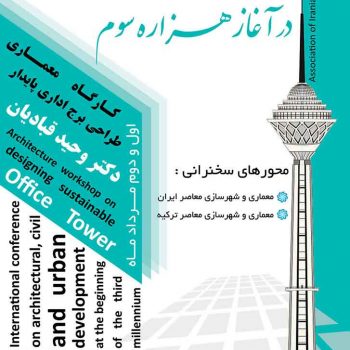The twentieth century can be called the century of technology, a century in which technological and industrial developments have created numerous and wide-ranging effects on various aspects of human life. Modern architecture was the result of the technology era and its achievements in the nineteenth and twentieth centuries.
Since the middle of the last century, when modern technology was criticized and questioned by postmodern philosophers, modern architecture had also been challenged by postmodern architects. As a result, the undisputed authority of modern architecture in the world is declining. If during the first seven decades of the twentieth century, modern architecture was the only avant-garde style in the West, in the last decades of that century we witnessed that the unity of theory led to the multiplicity and emersion of different styles in architecture.
According to many contemporary philosophers, we have now entered an era that can be called the post-technological or post-industrial age. An era in which communications, information, and computers play a central and essential role. meanwhile, the preservation of the Earth’s ecosystem and the sustainability of its biological conditions is a very important and vital issue for human beings at the beginning of the new century. However, at the beginning of this century, we see the resumption of the late twentieth century’s styles but simultaneously, we notice that computers and sustainability are two new issues that have somehow influenced past styles and also led to innovations in designing new buildings and artificial environments.


